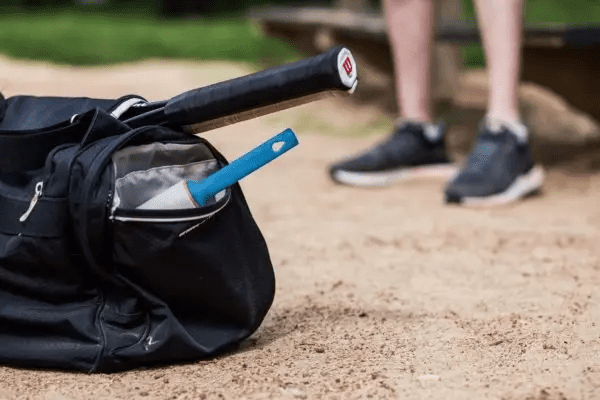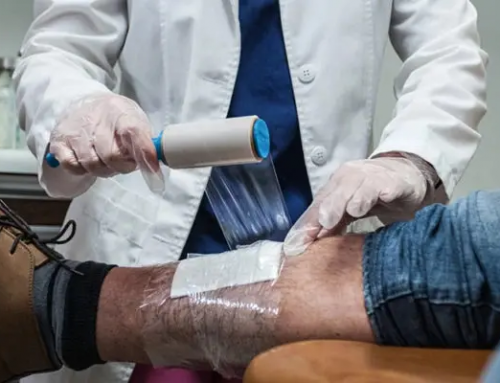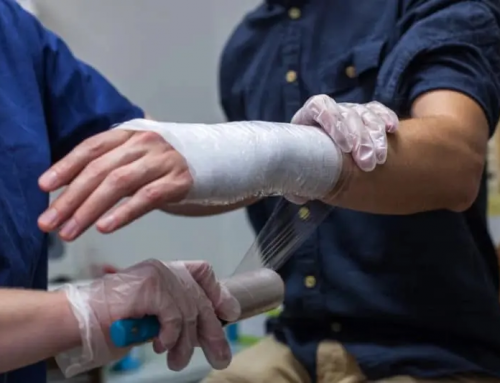A well supplied first aid kit is a must for every household. The American Red Cross recommends keeping them at your home, workplace, cottage, school, car, boat, and recreation areas. Having the supplies will help anyone deal with emergencies at a moment’s notice.
First aid kit: Why is it important?
Here are the most common reasons why a first aid kit is important:
- Accidents happen – You can get hurt in an unexpected car crash, have an allergic reaction to a bee sting, or sustain an injury while playing soccer. Being prepared can reduce stress and panic during these emergencies.
- Time is of the essence when it comes to injuries – The longer you wait to get treatment, the more severe injuries may become. First aid treatments can reduce this kind of risk. Remember, simple injuries can become big injuries if you delay treatment.
- Saves resources – It is always cheaper to clean and dress a simple wound at home than pay for medical treatment. Although some injuries require professional treatment, you can manage injuries such as basic cuts, burns, or scrapes.
- Peace of mind – Being prepared, having first aid kit available, and knowing that you can help others during emergencies can help you feel confident to handle whatever comes along.
First aid kits are essential in any kind of setting. From minor cuts and scrapes that can happen at home to injuries that happen while on vacation, emergency kits can help prevent complications.

What items should you include in your first aid kit?
The following items are essential in every first aid kits, so be sure to put these in your medical aid packs:
- A list of emergency contacts (including your primary physician) in your area
- An up-to-date emergency/first aid manual with a list of do’s and don’ts of wound care
- Sterile pads or gauze in various sizes
- Adhesive tapes or bandages like Band-Aids
- Medical wraps like SealSkin transparent wrap
- Splints
- Anti-septic wipes, solution or spray such as hydrogen peroxide
- Alcohol wipes or solution
- Mild soap
- Antibiotic cream or ointment
- Pain relievers such as acetaminophen and ibuprofen
- Hydrocortisone cream
- Prescription medications
- Tweezers
- Medical scissors
- Instant warm or cold packs
- Toothache drops or tooth preservation kit
- Thermometer
- At least two pairs of non-latex gloves
- Flashlight with batteries
- Extra batteries
- A small blanket
- A mouthpiece for Cardio-Pulmonary Resuscitation or CPR
- A blanket
- A list of the items included in your kit
Where can you buy items for your first aid kit?
First aid kit items are available in the local Red Cross office or in drugstores near you. If you do not have a medical bag or pouch for your kit, you can just make one using containers or plastic boxes such as an art supply tackle box. These kinds of boxes are lightweight, spacious, and have handles so you can carry them wherever you go.
How to prepare your first aid kit
First aid kits should have items that can treat or manage certain conditions. Most kits include items for cuts, bruises, sprains, strains, burns, toothache, stomachache, and other painful conditions. First aid kits are available in many sizes and shapes. Some kits are prepared for specific activities such as boating, hiking, or camping. If you have a small container for your first aid kit, you can customize your kit.
In preparing for your emergency kit, make sure you add items that are recommended by organizations such as the Red Cross. Also, consider what your family might need. For example, if anyone in your family has medical conditions such as allergies, you can put anti-allergy medications or allergy emergency kit for immediate treatment.
SealSkin and your first aid kit
It is good to have a first aid kit with a bit of everything, but it is better to have a portable kit that you can bring with you all the time. So, maximize your first aid kit while minimizing its size. Pack your pouch or box and make a compact kit that has the most commonly-used items.
One important item that you can add in your kit is an all-around wrap like the SealSkin medical wrap. A SealSkin transparent wrap can help you winnow out certain items to make your kit lighter.
You can use it to waterproof a cast, immobilize sprains, secure a wound dressing, keep your cold or warm packs in place, and a lot more.

Instead of packing several items such as adhesive wraps or protective bandages, you can use SealSkin as part of your compact first aid kit.
Where to keep your first aid kit
Your emergency pouch or first aid kit should be accessible by adults and easy to find. It should be placed in a childproof cabinet, away from toddlers’ prying fingers and curious minds. Keep one in your car, in your kitchen cabinet or bathroom, or bag when you are traveling.
Reminders:
Having a first aid kit or a portable emergency bag is not enough. Once you have prepared your first aid kits, be sure to:
- Read a first aid kit manual, so you know how and when to use the supplies included in your kit.
- Store your kit away from young children’s reach, but where teens can easily get them.
- If your kids are not mature enough to understand all the info about emergency kits, you can start reviewing the basic or main points.
- Let your family or friends know where the kit is.
- Teach everyone in your house or workplace how and when to use the items.
- Check the supplies regularly. Make sure that the items are not expired or you are not missing any from the list.
- Always check the flashlight to make sure it works.

Injuries can occur anytime and anywhere. A first-aid kit can help you respond immediately to basic injuries and common emergencies. Keep at least one in your home or in your vehicle.






